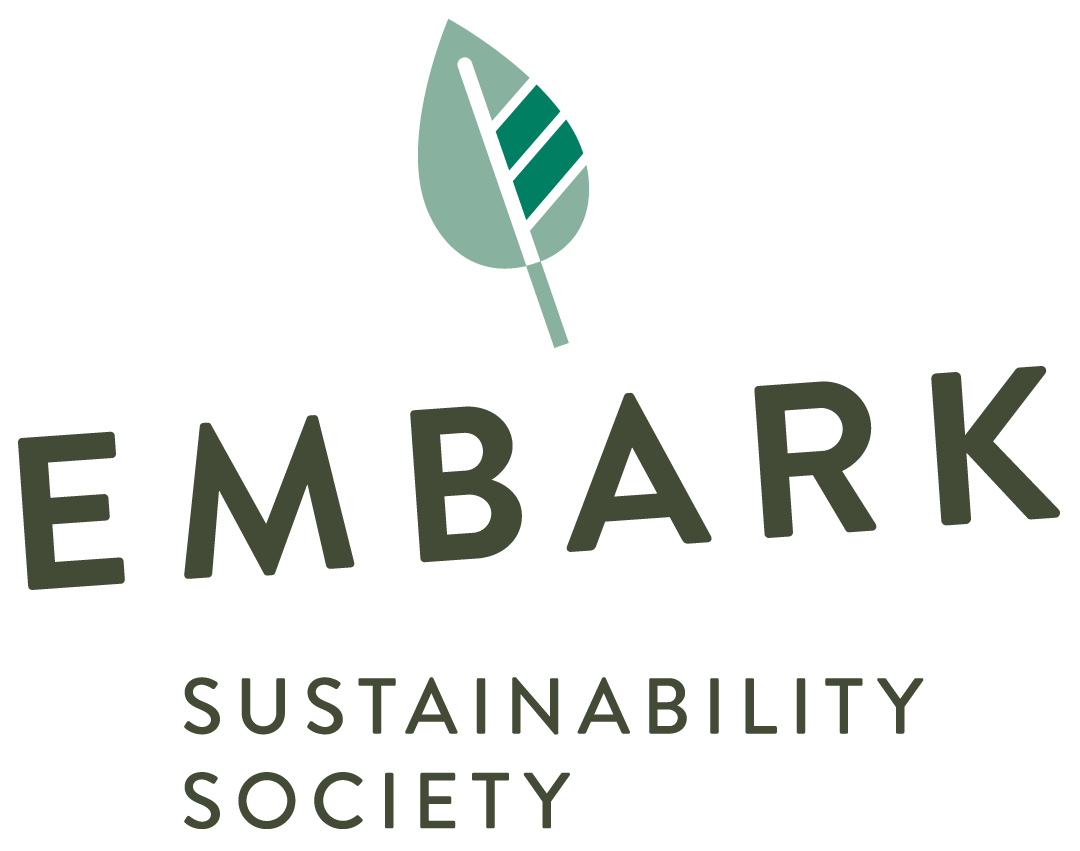Easy Ways to Reduce Grocery & Food Waste
It’s annoying to dispose of food waste. In the process of grocery shopping, storing groceries in the refrigerator, and cooking, we make food waste. Although we make food waste without recognizing its existence in our daily lives, the influence of food waste that we discharge in our daily lives is greater than we thought. According to CTV News, in Canada, people waste an estimated $30 billion of food every year. (Webster, 2018) And the large amount of waste causes 56.6 million tons of CO2-equivalent emissions. Even methane gas emitted from food waste in landfills is a more powerful greenhouse gas than carbon dioxide. (Janus, 2019) As such, excessive food waste emissions are not only a waste of resources but also have a negative impact on the environment.
What we eat and what we don’t
In my case, while living alone, I became aware of food waste by cooking for myself and going to restaurants more often. I bought a lot of vegetables and meat to pack, inadvertently made a lot of food, and kept the leftovers in the refrigerator, but the food went bad, so I threw away a lot of food waste. And when I ate at a restaurant, I threw away the food when I was full or had ingredients I didn’t want to eat. One day, I thought about the amount of food waste thrown away for a week. I noticed that almost half of the food I bought was thrown away as food waste. I realized that throwing away food waste was not only difficult but also a problem in that it wasted resources. Since then, I have tried to change my lifestyle. I made a meal plan so I had a concrete grocery list, and recorded when I bought the food so I would know when it would spoil. And at the restaurant, I asked to remove ingredients that I would not eat. As a result, the amount of food waste has decreased by half compared to before. Small, but manageable changes. Sustainability doesn’t have to be all or nothing, it can be several small adjustments that add up over time.
These efforts have limitations in reducing food waste. So I looked for other ways to reduce food waste. If you are forced to buy a lot of food, there is an easy way to help the community and reduce food waste. We can use SFU Community Free Fridge. When you buy too much food, donate food there. Not only can you give food to people who need it, but you can also reduce food waste. These efforts ultimately improve the global environment as well as community wellbeing.
Where is the fridge?
(SFU – Burnaby Campus)
The fridge is located on the first level of the Student Union Building (SUB) at SFU Burnaby, next to the kitchenette. The Student Union Building (SUB) is located south of Freedom Square between the Diamond Family Auditorium (DFA) and the Academic Quadrangle (AQ).
Find it here. UPDATE: The fridge has been moved from the first level of the Student Union Building (SUB) to the bottom floor of Maggie Benston Centre, room 50. (Opposite side to the entrance of Document Solutions Burnaby).
By Hyeonjeong Kim
References
Janus, A. (2019, January 17). More than half of all food produced in Canada is lost or wasted, report says. CBC News. Retrieved from https://www.cbc.ca/news/canada/toronto/food-waste-report-second-harvest-1.4981728#:~:text=Each%20year%2C%20food%20waste%20in,dioxide%2C%22%20the%20report%20says.
Weber, B. (2018, April, 3). Report finds Canadians waste a lot of food. CTV News. Retrieved from https://www.ctvnews.ca/canada/report-finds-canadians-waste-a-lot-of-food-1.3869585.
